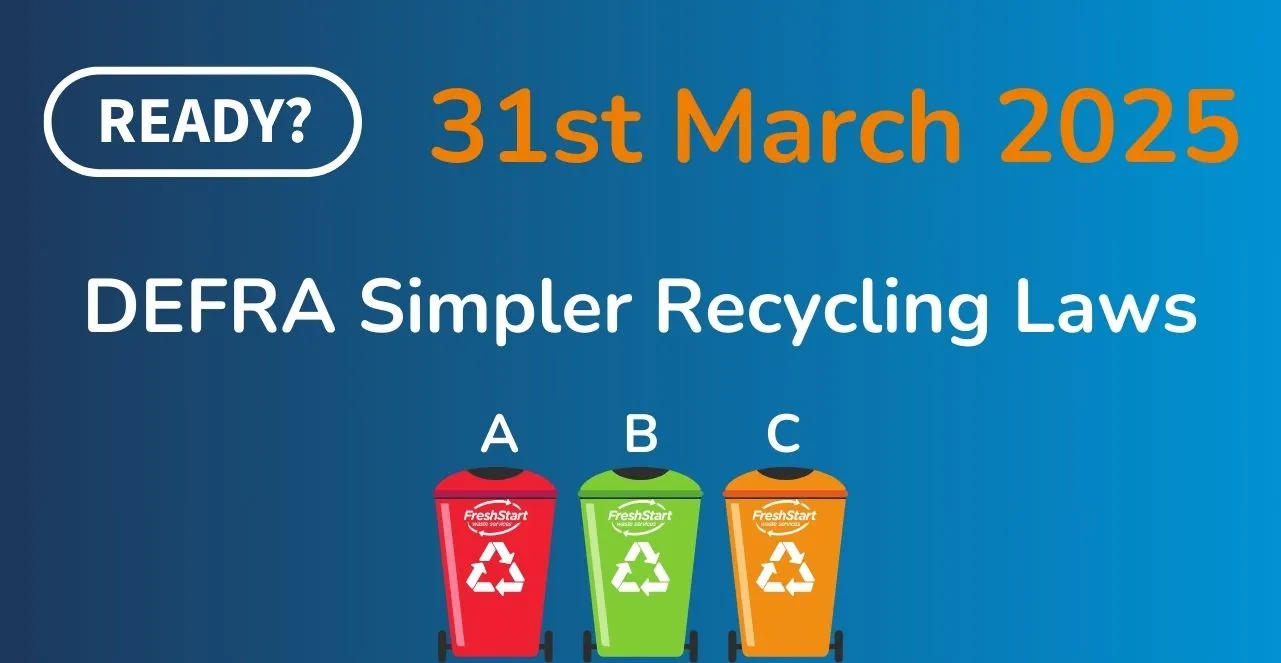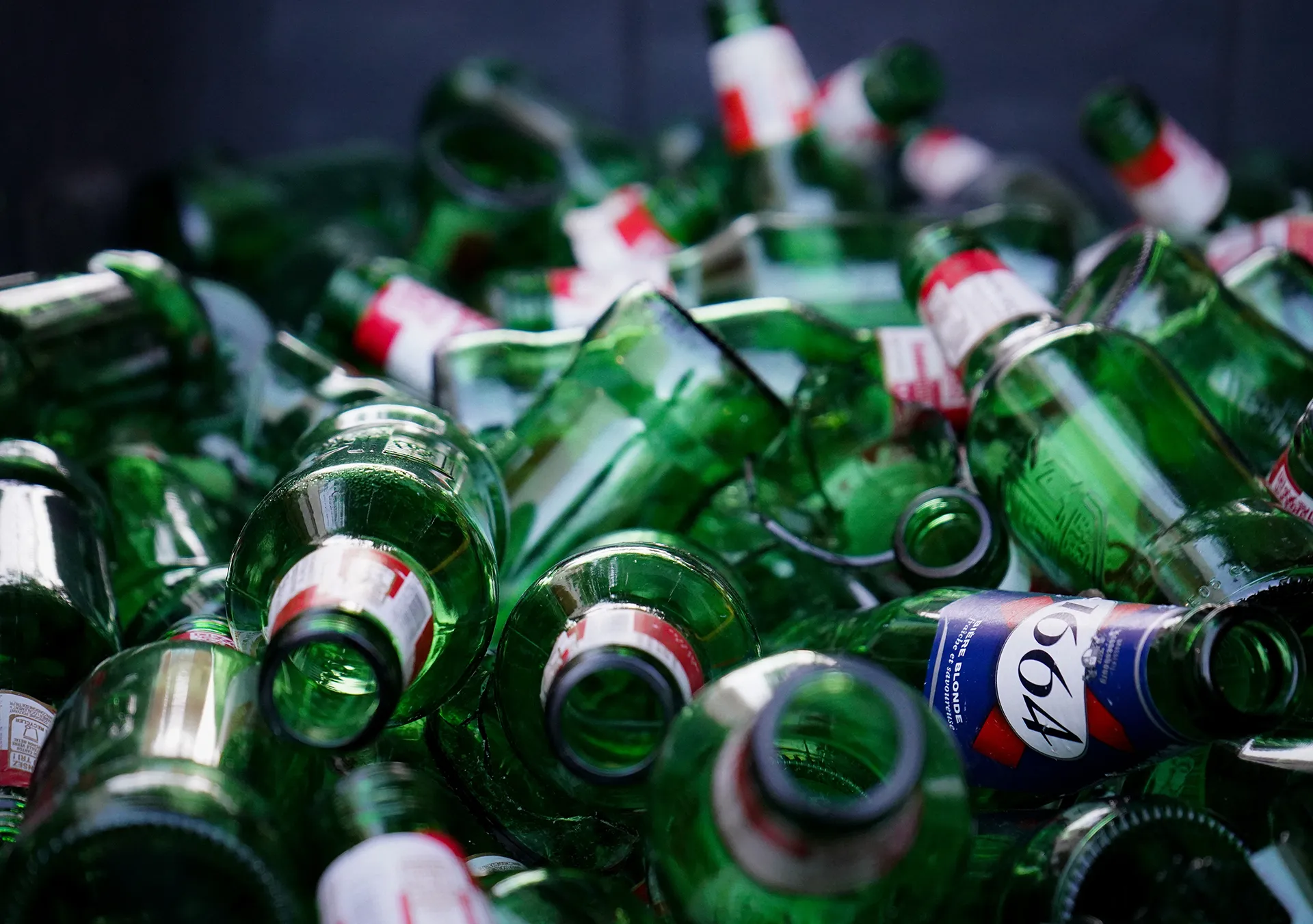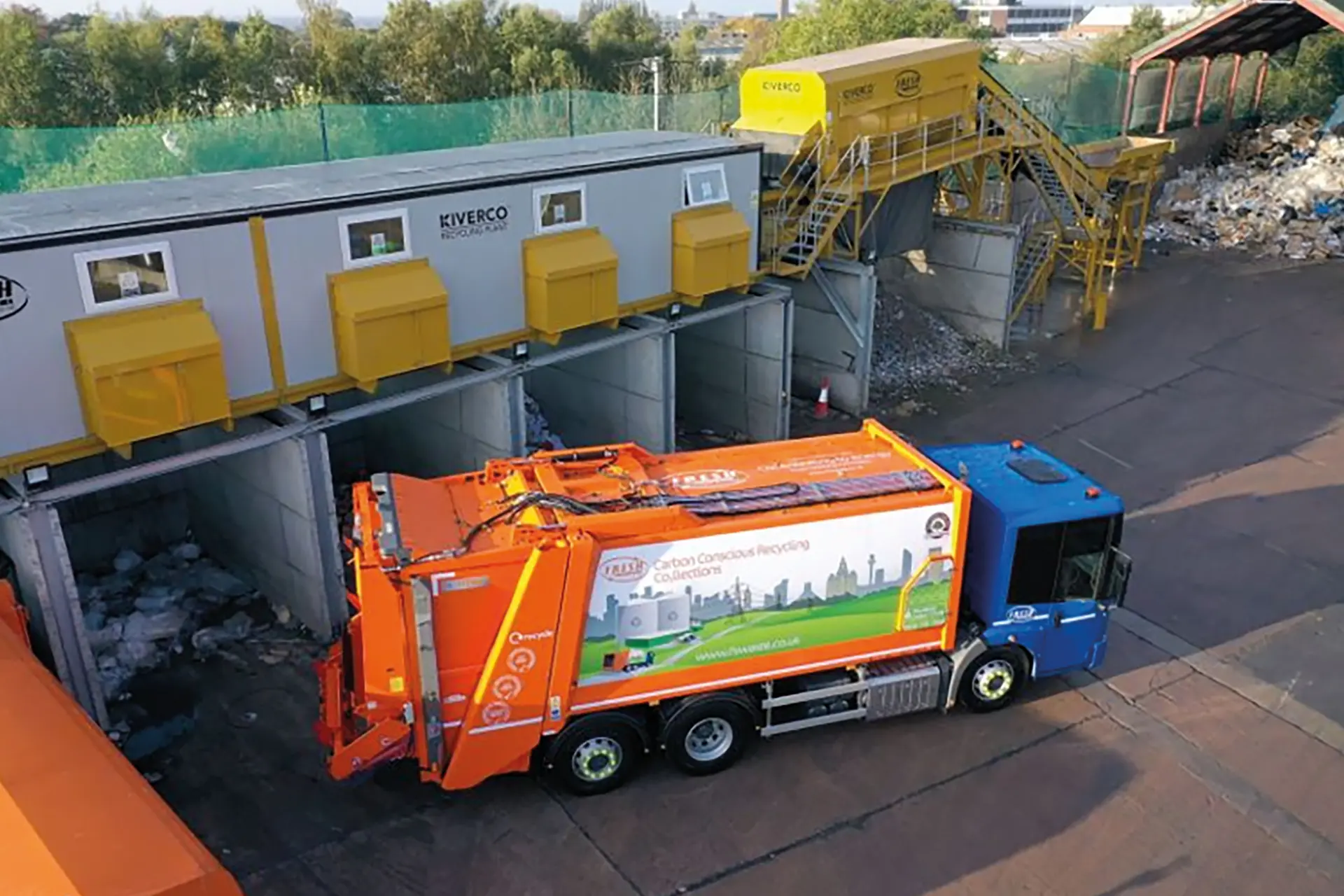Ancient Egypt to Ancient Greece
While Egyptians, Syrians or possibly Mesopotamians invented the glass manufacturing process in the 3rd millennium BC as an accidental by-product of metal-working, humans have been using obsidian (a form of naturally occurring volcanic glass) as a tool since the Stone Age. There is no evidence throughout the history of glass recycling that any of these early cultures ever recycled glass, though.
The ancient Greeks never quite stumbled across glass recycling as we know it today, either, although they certainly found ways to reuse scrap material, using their cast-off glass as counters in board games similar to chess or draughts, such as petteia – indeed, there are around 50 different game boards carved into the floors and walls of the Parthenon.
The Romans
The history of true glass recycling can be traced all the way back to Roman times, where it became a vital cog in the industrial wheel, thanks to the discovery that glass could be broken down and reused over and over again without degrading.
Not only that, but they realised that recycling glass was much simpler and cheaper than making it from scratch, as it needed fewer raw materials and lower temperatures to melt the fragments.
Even today, for every metric ton (1,000 kg) of waste glass which is recycled, around 315 kg of carbon dioxide is saved from being released into the atmosphere compared to the creation of new glass.
1st Century Roman writers, Martial and Statius, confirm that glass recycling became widespread in the Western Empire (including the UK) at the time, and although it is likely to have existed on a smaller scale before, 70 AD is generally considered to be when the trade took off in earnest.
The Middle Ages
Roman glass traditions were almost entirely lost in Medieval Britain, with the few pockets of new glass manufacturing mainly used for windows in religious buildings. Thanks to the often greater thickness of glass towards the bottom of panes in churches and cathedrals, a popular myth prevails that glass is a liquid which gravity gradually flows downwards over time.
In fact, the reason is due to the glass making techniques of the day, where panes were cut from circular sheets which were thicker at the edge.
However, it is thought that glass workers travelled the country with their equipment in tow, fashioning beakers, beads and other decorative items on demand, largely from recycling pre-existing Roman items which has fallen into disrepair.
The Tudors
Glazing moved into the homes of the wealthy during the Tudor period, and while the majority of houses in the UK still used draughty shutters, cloth or even paper to enclose their windows, the upper classes re-used their glass in an unusual way: they took it with them when they moved!
The Victorians
With the move from a largely agrarian society to an industrial one taking place from the end of the 18th Century, towns became cities, and families which had spent generations working in the countryside were suddenly thrust into factories and living in ever more cramped conditions.
Slums inevitably formed, and the people who made them their home had to be more resourceful than ever in order to scrape by.
The Victorians recycled everything. Nothing went to waste, even in major projects, with the chains of the Clifton Suspension Bridge in Bristol being revived from their previous life, where they supported the Hungerford Bridge over the Thames.
Although it was the age of private philanthropy, the state largely left to poor to flounder, and the mass recycling which took place was out of necessity for the majority. It wasn’t uncommon for women and children to rummage through piles of waste to retrieve shards of broken glass and scrap metal for a few pence.
The 20th Century Incentives
Once again, it was hardship which forced recycling back into the public conscience, with World War II and rationing entrenching a make do and mend attitude throughout the country.
However, glass recycling became the norm during the 60s, when drinks firms started to offer a small financial reward for returning their empty bottles, as even giving customers some money back saved on the cost of relying on manufacturing new bottles from scratch. This in turn incentivised charities, who raised thousands of pounds with bottle collecting drives.
Incidentally, glass milk bottles are washed and reused 13 times on average before they are recycled.
The first bottle bank
The UK got its first bottle bank in the summer of 1977, when Stanley Race, the then-Chairman of the Glass Manufacturers’ Federation, deposited an empty jam jar in Barnsley.
Later that day, dozens of new bottle banks were opened simultaneously throughout South Yorkshire and Oxford, and successfully collected 500 tonnes of glass in the first six months.
There are now over 50,000 bottle banks in the UK, and despite councils also having kerbside collections, around 50% of glass bottles and jars are thrown away, lagging way behind the likes of Switzerland and Finland, who recycle more than 90% of theirs.
While glass can be recycled to the nth degree, it doesn’t degrade in landfill, where 200,000 tonnes of it end up each year.
The modern day
As different coloured glass is separated during the recycling process, there is actually a surplus of green glass in the UK due to the import of wine. These bottles are still broken down into fine fragments called cullet, and exported back to wine-producing countries who recycle the glass back into wine bottles.
Recycled glass is actually a key ingredient in the manufacture of new glass, where it helps keep energy costs down, as well as fibre optic cables and glass wool which is often used in insulation.













